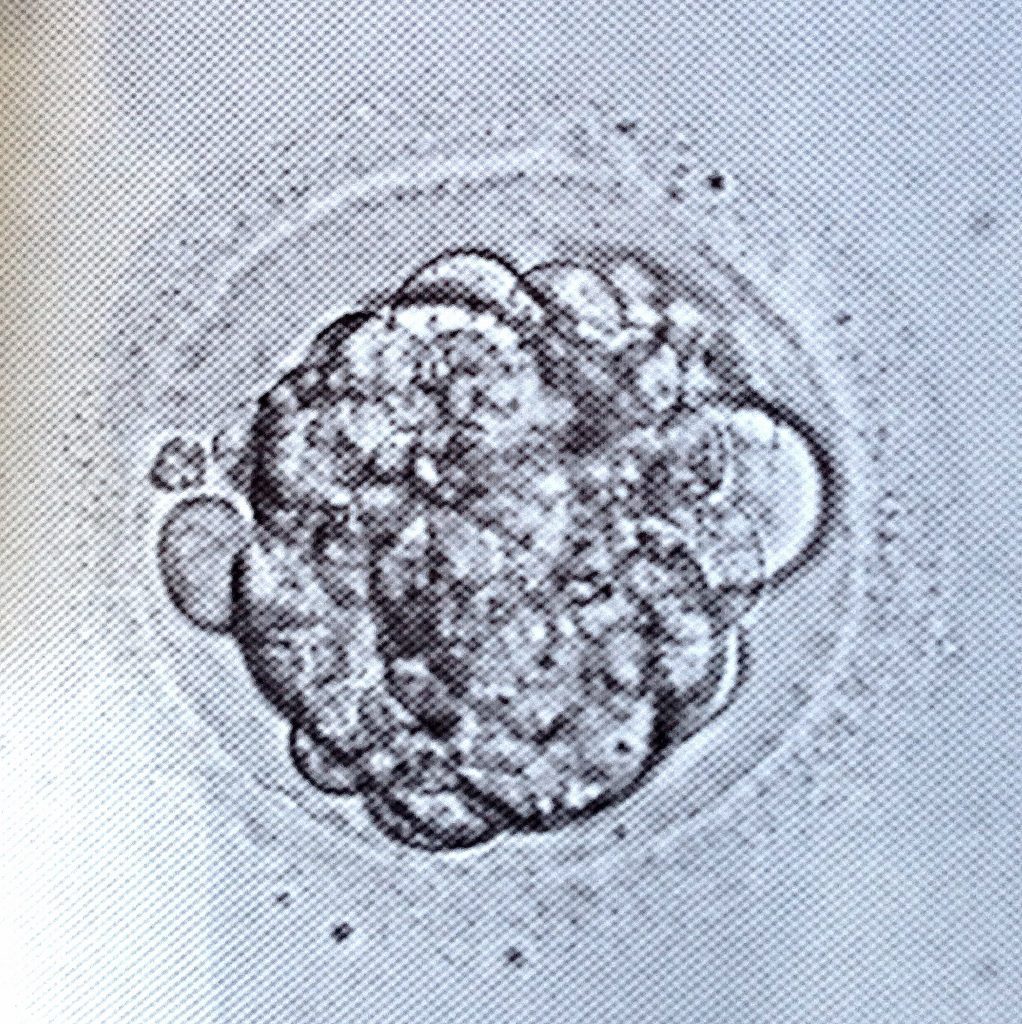It seems increasingly plausible that humans will colonize space. But to continue the human race as we know it, we would have to reproduce in space. Up until now, scientists weren’t sure that was possible—one 2009 study conducted in simulated zero gravity, and another done in 1996 in which NASA scientists sent embryos to space, did not see any mammalian embryos develop.
But that was not the conclusion that was reached by a new study, which conducted on the Chinese microgravity satellite SJ-10. The researchers claim that their experiment proved for the first time that mammal embryos can develop normally in space, according to China Daily and Gizmodo.
The satellite launched into space on April 6, bringing 20 experiments with it. 6,000 mouse embryos were loaded into an enclosed chamber about a cubic foot in size. At launch, the embryos were only two cells, very early in their development, and were in a solution that fed the embryos the nutrients they needed to mature. The researchers outfitted the chamber with a camera that took photos of the embryos every four hours.
From those photos, the researchers found that within four days, a number of the embryos developed into blastocysts, a more complex embryo that has some cell differentiation.
This is an initial indication that the embryos were able to develop normally in zero gravity. But, of course, the question still remains if the same results would hold true for humans.
“This represents an important milestone in human space exploration,” Aaron Hsueh, a reproductive biology professor at Stanford University, told China.org.cn. “One small step for mouse embryos, one giant leap for human reproduction,” he said.
Researchers just retrieved part of the satellite from Mongolia today; the researchers can conduct a more detailed analysis of the embryos in person.









